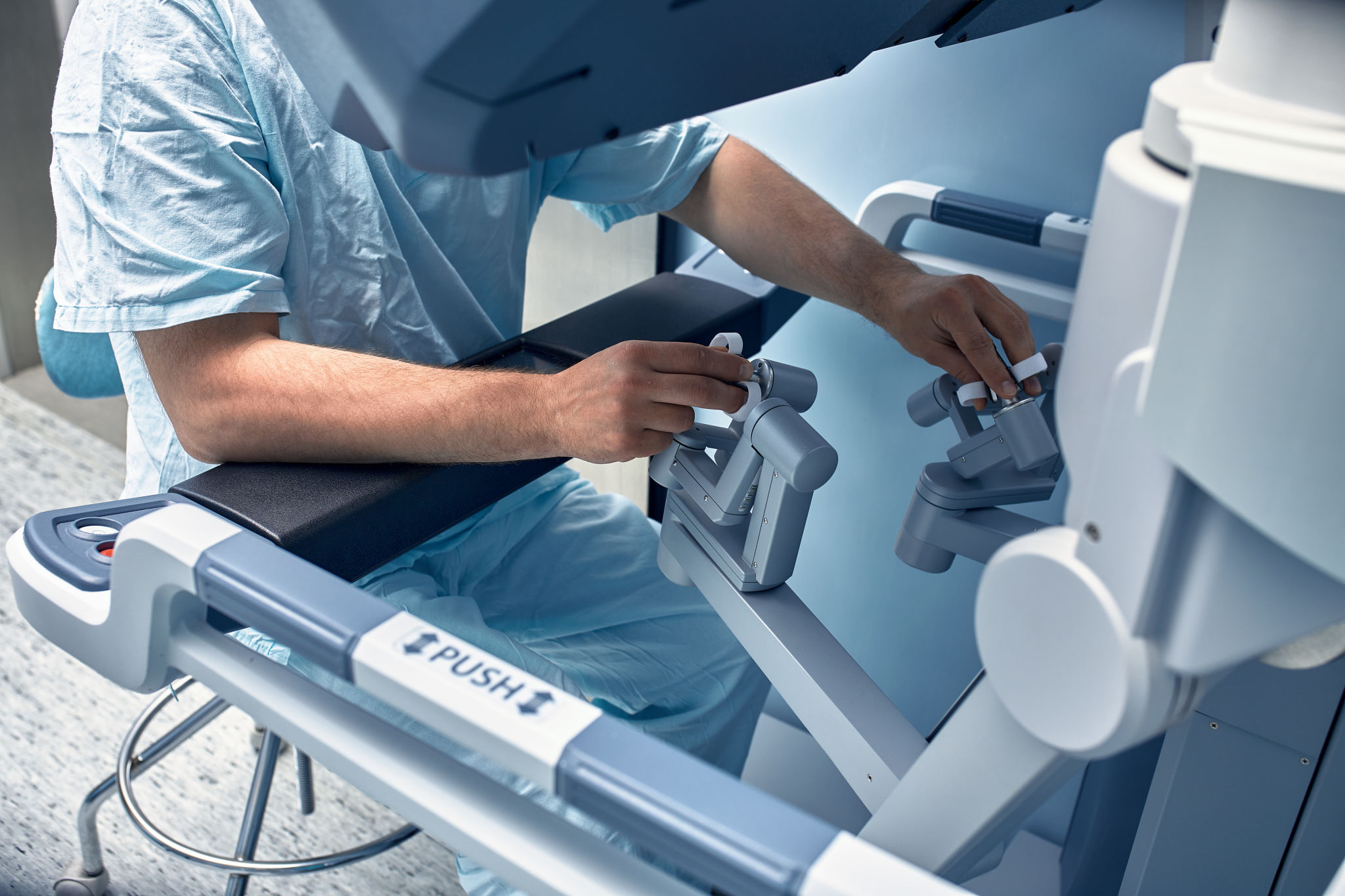Expert Insights: The Latest Trends in Medical Equipment Technology
Introduction to Medical Equipment Innovations
The medical equipment industry is rapidly evolving, with new technologies emerging that are revolutionizing healthcare delivery. From state-of-the-art diagnostic tools to advanced surgical instruments, these innovations are enhancing patient care and improving outcomes. In this blog post, we explore the latest trends in medical equipment technology, providing expert insights into how these advancements are shaping the future of medicine.

Wearable Health Technology
Wearable health technology is one of the most exciting developments in recent years. Devices such as smartwatches and fitness trackers are now equipped with sophisticated sensors that monitor vital signs, track physical activity, and even detect irregular heart rhythms. This real-time data collection is empowering patients to take charge of their health and enabling physicians to make more informed treatment decisions.
The integration of artificial intelligence (AI) with wearable devices is further enhancing their capabilities. AI algorithms can analyze vast amounts of health data, providing personalized insights and early warnings of potential health issues. This trend is making preventative care more accessible and effective than ever before.

Telemedicine and Remote Monitoring
Telemedicine has seen exponential growth, especially in the wake of the COVID-19 pandemic. This trend is set to continue as healthcare providers recognize the benefits of remote consultations and monitoring. Telemedicine platforms are now integrated with advanced medical equipment that allows for remote patient monitoring. Devices can measure blood pressure, glucose levels, and other critical health metrics from the comfort of a patient's home.
Remote monitoring not only enhances patient convenience but also reduces the burden on healthcare facilities. Patients with chronic conditions can receive continuous care without frequent hospital visits, improving their quality of life while optimizing resource allocation for healthcare providers.

Advanced Imaging Technologies
Imaging technologies have always been at the forefront of medical advancements. Recent developments in imaging equipment are providing unprecedented clarity and detail, aiding in more accurate diagnoses. Technologies such as 3D imaging and high-resolution MRI are offering deeper insights into complex medical conditions, leading to better treatment plans.
Furthermore, advancements in imaging software are enabling the creation of virtual reality (VR) simulations for surgical planning and education. Surgeons can rehearse procedures in a virtual environment, minimizing risks and improving surgical outcomes. This blend of imaging and virtual reality is a game-changer in medical training and patient care.

Robotics in Surgery
Robotic-assisted surgeries are transforming operating rooms across the globe. These systems provide surgeons with enhanced precision, flexibility, and control during procedures. Robotic surgery is minimally invasive, resulting in smaller incisions, reduced pain, and faster recovery times for patients.
The latest robotic systems are equipped with AI capabilities that assist surgeons by providing real-time data and predictive analytics during operations. As this technology continues to evolve, we can expect even more complex procedures to be performed robotically with increased success rates.

Conclusion
The landscape of medical equipment technology is dynamic and continuously advancing. These innovations are not only improving patient care but also redefining the roles of healthcare professionals. As we embrace these technological trends, the future of medicine looks promising, with enhanced efficiency, precision, and accessibility driving better health outcomes worldwide.
